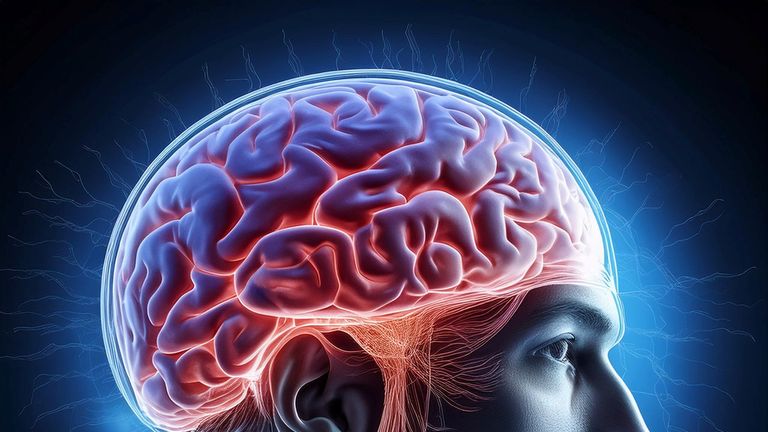A scientific approach to optimizing training

April 14, 2025
Reading time: approximately 3 minutes
Learning is a complex process based on specific cognitive mechanisms. Renowned neuroscientist Stanislas Dehaene has identified four fundamental pillars that enhance the acquisition of new skills.
Understanding these principles is essential for designing effective training programs tailored to learners’ needs.
Attention is the gateway to learning. It directs cognitive resources toward relevant information and prevents distraction.
To stimulate attention, it is recommended to use:
In training, capturing attention within the first few minutes is crucial. A scenario, a striking anecdote, or a challenge can create a strong anchoring effect.
Passive learning is ineffective. Neuroscience shows that knowledge acquisition is strengthened when learners are actively involved.
This involves:
Effective training includes interactive exercises, case studies, and simulations to foster both cognitive and emotional engagement.
Feedback is a powerful lever for learning. It helps correct mistakes and reinforces acquired knowledge.
Optimal feedback should be:
In a training context, formative assessments (interactive quizzes, self-evaluations, personalized feedback) are excellent tools to ensure high-quality learning.
Forgetting is a natural phenomenon. To counter it, knowledge must be reinforced through:
Blended learning formats (in-person + digital) support consolidation through frequent reviews and complementary activities.
The four pillars of learning provide a solid foundation for designing impactful training programs. By incorporating these principles, trainers and instructional designers can enhance learning outcomes and boost learner engagement. A neuroscience-based approach turns learning into a stimulating, lasting, and effective experience.